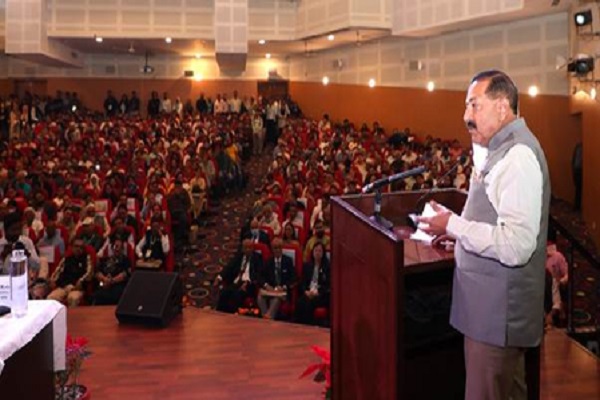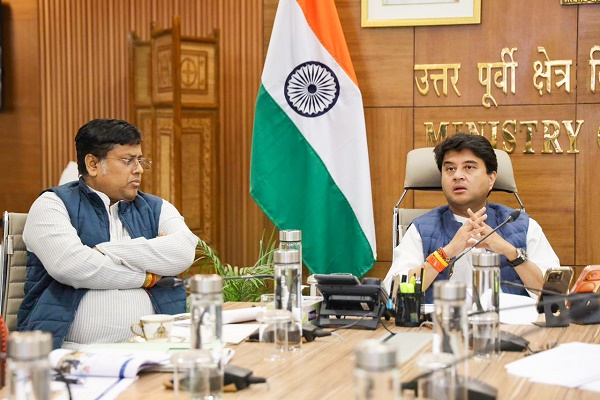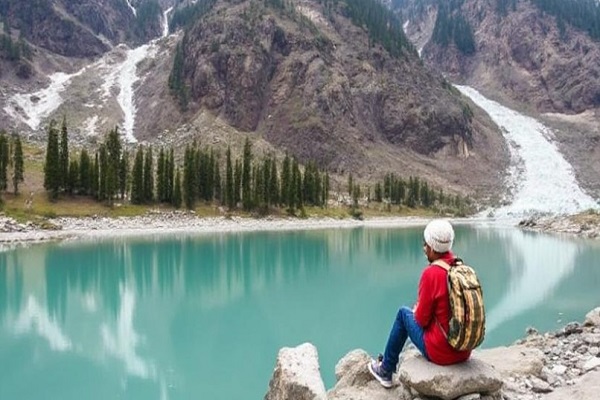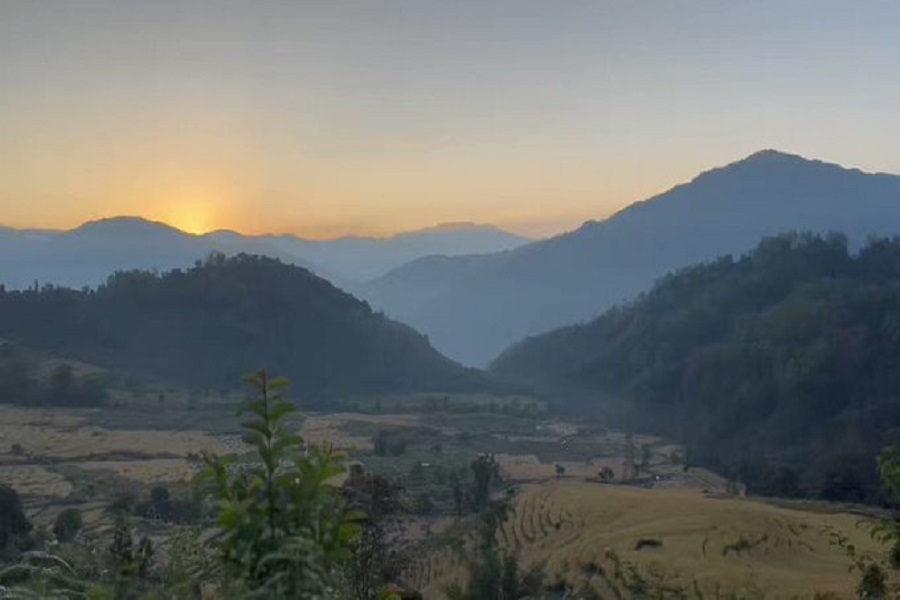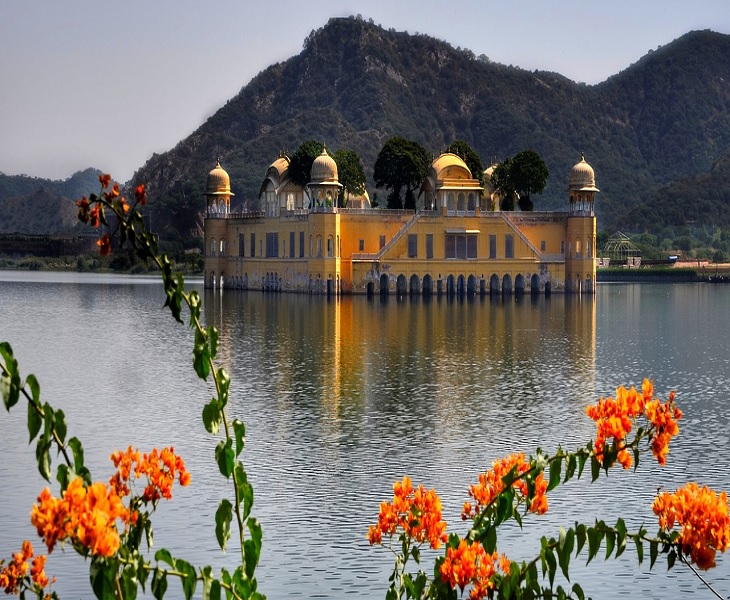Travel
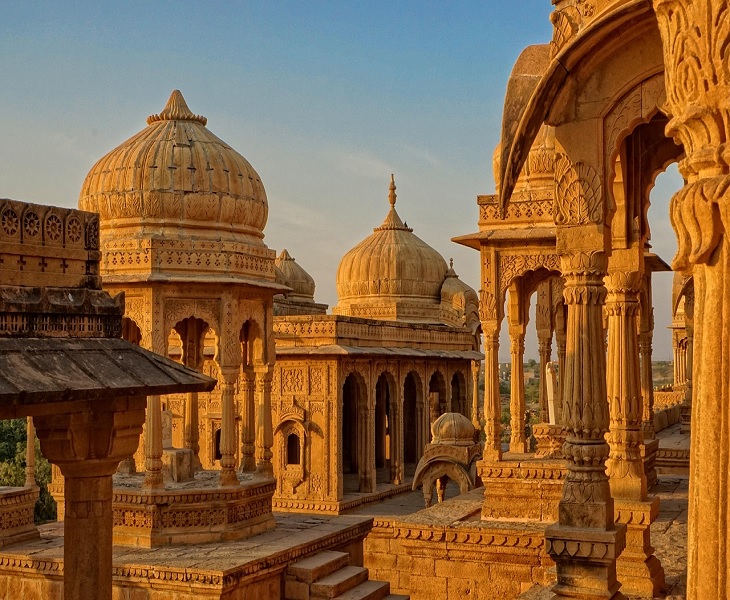
It was in 1653 that Mughal emperor Shah Jahan, impressed by his son Prince Aurangzeb success in capturing Deccan, officially appointed him Viceroy of the Deccan . The history of the captured area dates back to 1610, when Murtaza Nizam Shah of Ahmadnagar instructed his Prime Minister Malik Amber, to build Fatehnagar, as a sort of resting place in a village called Kharki. Aurangzeb decided to make Fatehnagar his capital and renamed it Aurangabad. Thereafter Aurangabad has steadily grown into one of Maharashtra major cities. Steeped in history and heritage, it offers some of the most beautiful and unique places of tourist interest in India.
For most visitors, a visit to Aurangabad begins with the Ajanta Caves, a world heritage site. The drive to Ajanta takes at least two hours, and visitors are advised to leave early, as the caves can only be visited between 9 a.m. and 5 p.m. There is also a Tourist Lodge at the base of the hills, run by the Maharashtra Tourism Development Corporation offering meals and comfortable accommodation. The best time of the year to visit the caves, is just after the monsoon. This is when the entire region turns green and the temperature drops by almost 10 degrees. The rocks are cool, and the experience of walking through these caves is simply magical.
The 29 caves in Ajanta lie in a semi circle on a scarp 250 feet above the Waghora river, which flows through this isolated ravine. Lying hidden from the world for centuries, these caves were discovered quite by chance by a British soldier about 180 years ago. Built between 2nd century BC and 650 AD, these caves correspond to different periods in history. After considerable research, it has been ascertained that the caves numbering 8, 9, 10, 12 and 13, pertain to the Hinayana period between the 2nd and 1st century BC. The rest of the caves are said to belong to the more recent Mahayana group. Caves 6, 7 and 11 date back to 450-500 AD, while 14 to 20 belong to a period between 500-550 AD. The most recent caves are 1 to 5 and 21 to 29, and are believed to have been completed between 550-650 AD.
Inside the caves, isitors are left spellbound by the unique Buddha images hewn out of natural rock, including the huge image of a reclining Buddha. But more important perhaps, than the Buddha images, are the spectacular frescoes on the walls, listed among the most important Buddhist wall-paintings in the world. The process of cutting into the basalt, carving and painting must have been created over long periods. Probably several decades were spent on each cave to achieve these splendid works of art. Over the years these frescoes have faded, but we can but marvel at the beauty of these unique creations. To ensure that future generations have the good fortune of seeing these paintings, their images have been stored on CDs and can be accessed on computers near the site.
The next site worth visiting offers a cluster of 12 caves that lie within the city and can be reached by a steep flight of rock-hewn steps. Known as the Aurangabad Caves , these are also worth a visit, despite their steep location. These caves are on a hill running east to west and are all of Buddhist origin and dug out of comparatively soft basalt rock during the 6th and 7th century. The carvings in these caves are notable for including Hinayana style stupas, Mahayana art work and the Vajrayana Goddess the Goddess of Lightning. These caves are also among those in India that include Buddhist artworks, dating back to the first millennium and here we can also see carved images of gods and goddesses such as Durga and Ganesha along with Buddhist deities of the Tantra tradition.
For those keen on history, there is another spot that deserves a visit. The Panchakki (or Nehar-e-Panchakki) was a grindmill rotated by water and was used to grind wheat for the royal army and for pilgrims, who visited the tomb of Baba Shah Muzaffar, a Sufi saint, who was also a spiritual adviser of Aurangzeb. The Panchakki is within the saint's shrine.. Considered an engineering marvel, the grindmill is fed with sufficient water from an underground conduit, which commences from a well, just above the junction of the Harsul river with a tributary stream eight kilometers away. After crossing the tributary stream near its confluence with Harsul, this water-pipe is connected to the Panchakki reservoir, arranged in such a way that the water falls into the Panchakki cistern from a sufficient height to generate the necessary force to drive the mill. There is also the mosque, which dates back to 17th century and a huge 350 year old tree that stands near the tank.
Also in the city is Emperor Aurangzeb's wife's tomb, the Bibi ka Maqbara often referred to as Aurangabad Taj Mahal. In keeping with his dislike of ostentation, the Maqbara is much plainer than what one would have expected. However, one must add that though it pales in comparison with Agra Taj Mahal, it is on the whole a pleasing and very popular monument with a well laid out garden.
Aurangzeb got married to Dilras Banu Begum, a princess of the Safavid dynasty of Iran on May 8, 1637 in Agra. Dilras was Aurangzeb first wife, his chief consort and his favourite. She gave him five children three daughters Zeb-un-Nissa, Zinat-un-Nissa, Zubdat-un-Nissa and two sons Muhammad Azam Shah and Suktan Muhammad Akbar. Dilras died a month after the birth of her youngest son on October 8, 1657. Much loved by her husband and her children, the family was totally distraught by her death. Her elder son Prince Azam Shah was the worst affected and had a nervous breakdown. It was he who commissioned the Bibi Ka Maqbara his mothe final resting place in 1668. Here, Dilras lies buried under the posthumous title of 'Rabia-ud-Daurani'.
There is also a museum worth seeing within the gardens of the Bibi ka Maqbara. The museum not only gives people an idea of Aurangzeb's austere lifestyle of the Mughal Emperor but also includes simple items that the commoners of his empire used.













